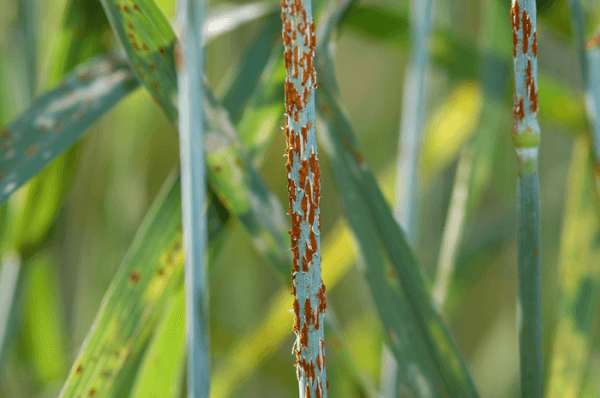New work led by Carnegie’s Kangmei Zhao and Sue Rhee reveals a new mechanism by which plants are able to rapidly activate defenses against bacterial infections. This understanding could inspire efforts to improve crop yields and combat global hunger.
“Understanding how plants respond to stressful environments is critical for developing strategies to protect important food and biofuel crops from a changing climate,” Rhee explained.
Published in eLife, new work from Zhao and Rhee, along with Carnegie’s Benjamin Jin and Stanford University’s Deze Kong and Christina Smolke, investigated how production of a plant defense compound called camalexin is activated at the genetic level.
“Because plants grow in a fixed location, they can’t flee from predators or pathogens,” Zhao explained. “Instead, they’ve evolved to produce compounds that help them fight off invaders, among other functions.”
Camalexin, like other plant metabolites, is synthesized by specialized worker-proteins called enzymes that perform many of the cell’s functional duties. When the plant is under environmental stress, it activates the genes encoding these enzymes. The researchers set out to elucidate how a plant cell can rapidly fire up the production line and respond to external conditions or threats at the right time.
Read more at: Carnegie Institution for Science
Close-up of stem rust, caused by a fungal pathogen, on wheat. (Photo Credit: Yue Jin, courtesy of USDA)


